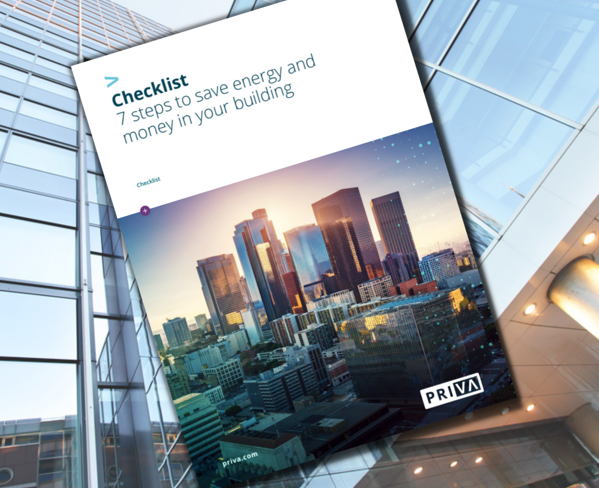A well-functioning and efficient building management system is essential for every type of building and delivers measurable benefits across five critical areas: energy efficiency, occupant comfort, operational control, sustainability, and safety compliance.
1. Significant energy cost savings
Smart building management systems can reduce energy consumption by up to 40% compared to traditional building controls. Through intelligent automation, demand response capabilities, and real-time energy monitoring, facilities achieve substantial operational cost reductions while meeting sustainability goals.
Key energy-saving features include:
- Automated lighting control based on occupancy and daylight harvesting
- Optimized HVAC scheduling and temperature setpoints
- Peak demand management and load balancing
- Integration with renewable energy systems
2. Enhanced occupant comfort and productivity
Did you know that people perform best in an optimal indoor climate, with temperatures around 21°C and relative humidity levels between 40-60%? With a modern BMS system with zone control, tailored to the different rooms in the building, you can ensure a consistently comfortable and pleasant indoor climate for everyone in the building.
3. Always in control of your building
Modern cloud-based building management platforms offer unprecedented operational control and transparency. Facility managers can monitor building performance, receive automated alerts, and make adjustments from any location using computers, tablets, or smartphones.
For example, Priva Building Operator and Priva Digital Services, operate entirely in the cloud, so you can control your building from your computer, tablet or smartphone. This gives you a clear picture of your building performance at any given moment. You can also receive push notifications and text messages with important updates.
4. Smart building operations
Our experience has shown that an outdated BMS often leads to inefficiencies and costly maintenance. The maintenance to these systems are therefore complicated and relatively expensive as a result. Contemporary BMS technology incorporates artificial intelligence and machine learning to optimize building performance automatically. These smart systems reduce maintenance costs, extend equipment lifespan, and minimize environmental impact. Smart building systems with the latest technology only work when and where they are needed. Your installation does not need to be switched on all the time if it is not necessary.
5. Advanced safety and security integration
A modern BMS integrates safety systems like fire suppression, access control, and surveillance. Automated alerts and real-time monitoring ensure your building remains secure and compliant with safety standards, protecting both occupants and assets.
























